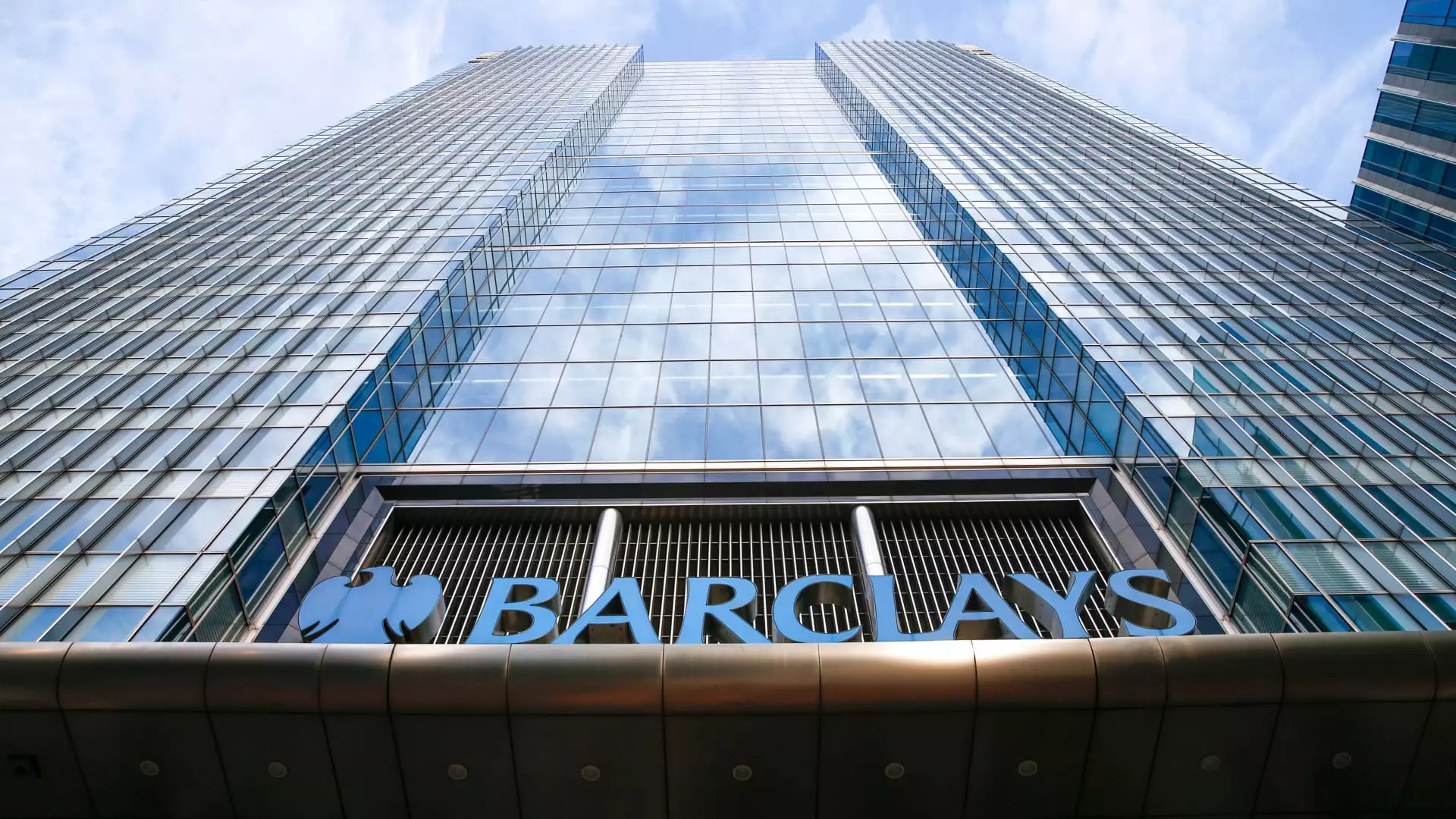Barclays reported a second-quarter net profit of £1.2 billion, slightly down from the previous year. Despite this, the lender’s revenue exceeded expectations, reaching £6.3 billion. The net interest income in the core U.K. units of Barclays experienced a decline, particularly in the consumer bank sector, where it dropped by 4% year-on-year. However, the investment bank sector saw a 10% increase in income, outperforming expectations.
According to Max Georgiou, an analyst at research firm Third Bridge, Barclays investment banking revenue surpassed expectations, which is a positive sign for the bank’s mid-term goals. Georgiou highlighted the need for Barclays to continue focusing on regrowing its market share in the U.S. Moving forward, Barclays raised its full-year net interest income target for the group, excluding certain divisions, to approximately £11 billion from the previous estimate of £10.7 billion.
Barclays maintained a common equity tier one (CET1) capital ratio of 13.6%, reflecting the bank’s financial strength. The British lender initiated a significant restructuring effort this year to enhance efficiencies and drive profits. Despite incurring a net loss of £111 million in the fourth quarter of 2023 due to the restructuring program, Barclays returned to profit in the first quarter, albeit with a decline in year-on-year revenue.
Group Chief Executive C. S. Venkatakrishnan noted on Thursday that the three-year restructuring plan was progressing well, with a return on tangible equity of 11.1% across January-June meeting the target of above 10% for the year. The bank completed the sale of the performing Italian mortgage book, announced the sale of the German consumer finance business, and is set to acquire Tesco Bank in November 2024. The restructure reorganized Barclays into different divisions, such as Barclays U.K., Barclays U.K. Corporate Bank, Barclays Private Bank and Wealth Management, Barclays Investment Bank, and Barclays U.S. Consumer Bank.
Barclays’ second-quarter performance highlighted areas of strength and areas that require improvement. While the bank faced challenges in some core units, particularly in the consumer bank sector, the investment bank sector showed promising growth. The restructure initiated by Barclays aims to enhance efficiencies and drive profits in the long run, with the bank making notable progress in its strategic goals. With a clear focus on regaining market share and improving financial performance, Barclays is positioning itself for future success in the competitive banking sector.

